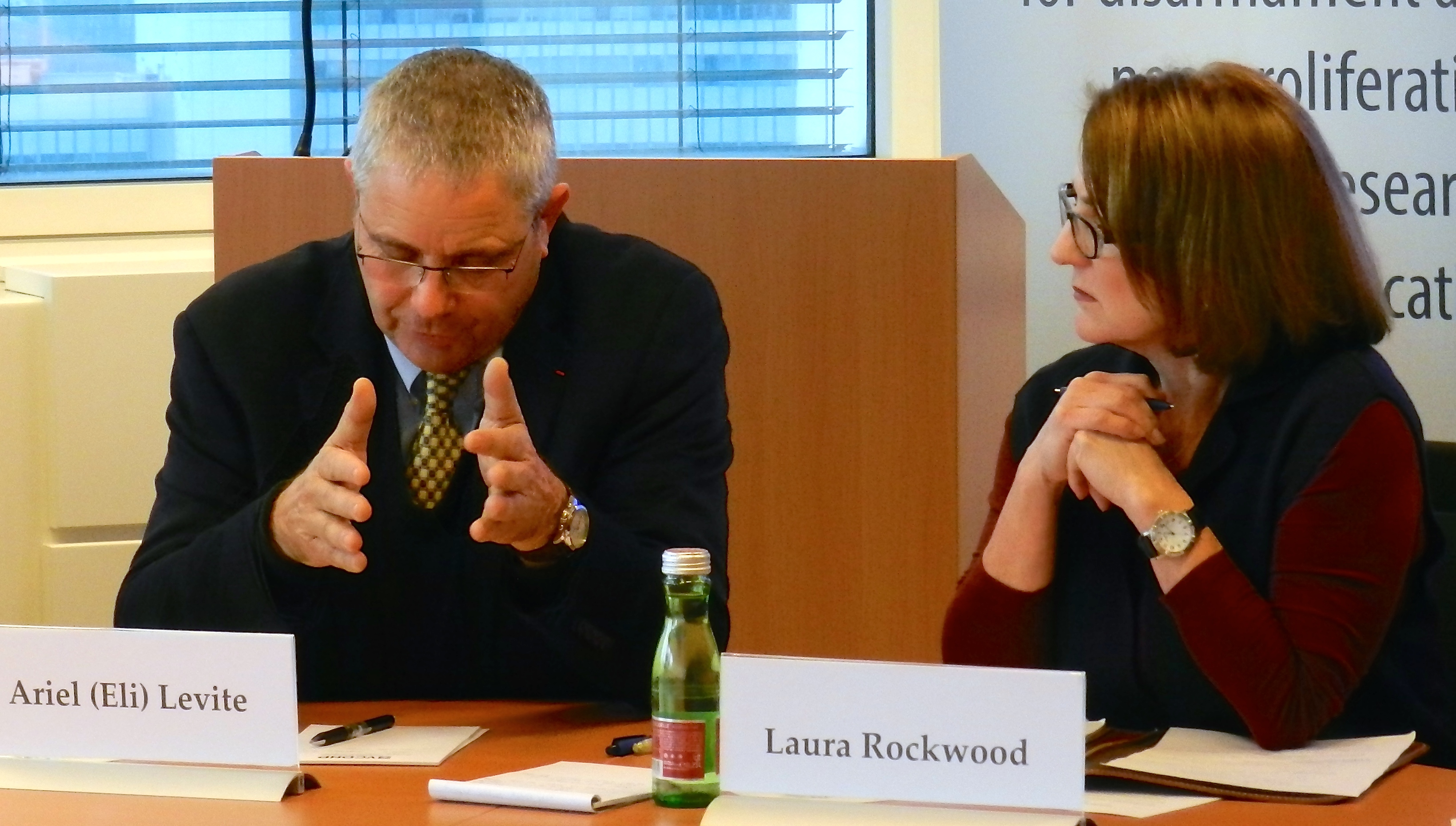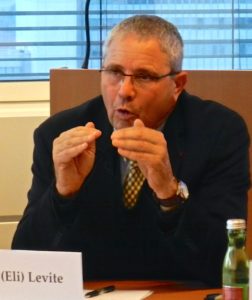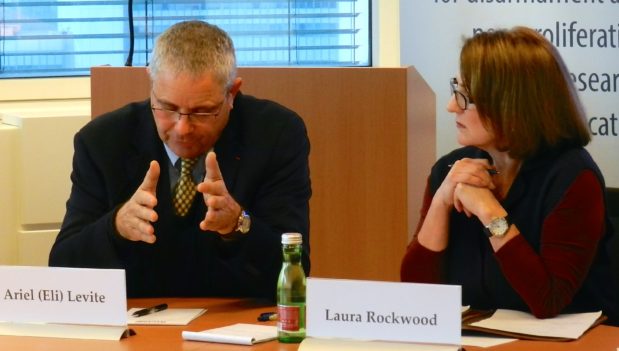

On 08 February 2017, the VCDNP hosted a seminar entitled "The Gordian Knot between Nuclear Energy and Nuclear Weapons." The seminar was held by Dr. Ariel Levite, Nonresident Senior Fellow at the Nuclear Policy Program of The Carnegie Endowment for International Peace and former Principal Deputy Director General for Policy at the Israeli Atomic Energy Commission. Dr. Levite explained concepts and methodologies which the Nuclear Policy Program at Carnegie has been developing in consultation with leading experts, to assist governments, intergovernmental entities and non‑governmental organizations in implementing all three pillars of the Treaty on the Non‑Proliferation of Nuclear Weapons (NPT). The event was conducted under the Chatham House rule.
A number of issues were touched upon during the seminar, including what the NPT does not do: the Treaty does not provide a definition of what constitutes a nuclear weapon or a nuclear-weapons program, nor does it indicate where peaceful uses stop and weapons activities begin. Having such a distinction could be very useful for a number of compelling reasons, including laying out the technical requirements for pursuing disarmament. However, due to technical difficulties and political sensitivities, a clear demarcation does not yet exist. This omission makes it extremely difficult to reach diplomatic solutions in proliferation crises and complicates efforts to streamline the development of peaceful applications of nuclear energy, not the least in negotiations concerning the development of nuclear-fuel-cycle activities.
The discussion focused on the possibility of developing an internationally-agreed and country‑neutral “nuclear firewall” to distinguish between weapons‑related and non-weapons-related activities. Just like an internet firewall, it would be designed to facilitate the vast majority of legitimate uses of nuclear technology and to identify the indicators believed to be unique to nuclear‑weapons programs. When putting this framework into operation, a number of hurdles and motivations, such as hedging, latency and deception, would need to be overcome and understood. These and other challenges can be addressed by employing multiple indicators across diverse domains focusing on all the bottlenecks of weapons production and by periodically revising the framework to consider new technological developments. Great effort must be made to employ indicators that would not require special intelligence capabilities and hence would be accessible by all. Technical indicators must be complemented by objective economic, political and military indicators – "contextual indicators” – to ensure the robustness of the firewall and enable interpretation of ambiguous technical indicators. In all of these domains, the absence of activities, materials or practices can be as important as the presence of indicators. An example of a contextual indicator could be a country’s decision not to abide by key international treaties or conventions that are the benchmarks for credible deployment of nuclear energy. When built, the nuclear firewall could be used, on a case by case basis, to complement the safeguards outlook by focusing, in addition to completeness and corrections of State declarations (which is the routine mandate of the IAEA), on the compatibility between activities and their stated peaceful purposes, the consistency of a State’s overall activity with peaceful nuclear applications and the cohesion of individual activities that could serve in nuclear weapons development.
During the question and answer session, the debate touched upon whether and to what extent non‑governmental organizations could contribute to determining how the nuclear firewall is being built, who would be responsible for its verification, and whether it could have additional applications, such as in the area of nuclear export controls. The importance of sharing information and empowering all States to make assessments was highlighted, as was the weaving together of the three pillars of the NPT.

By continuing to use the site, you agree to the use of cookies. more information
The cookie settings on this website are set to "allow cookies" to give you the best browsing experience possible. If you continue to use this website without changing your cookie settings or you click "Accept" below then you are consenting to this.